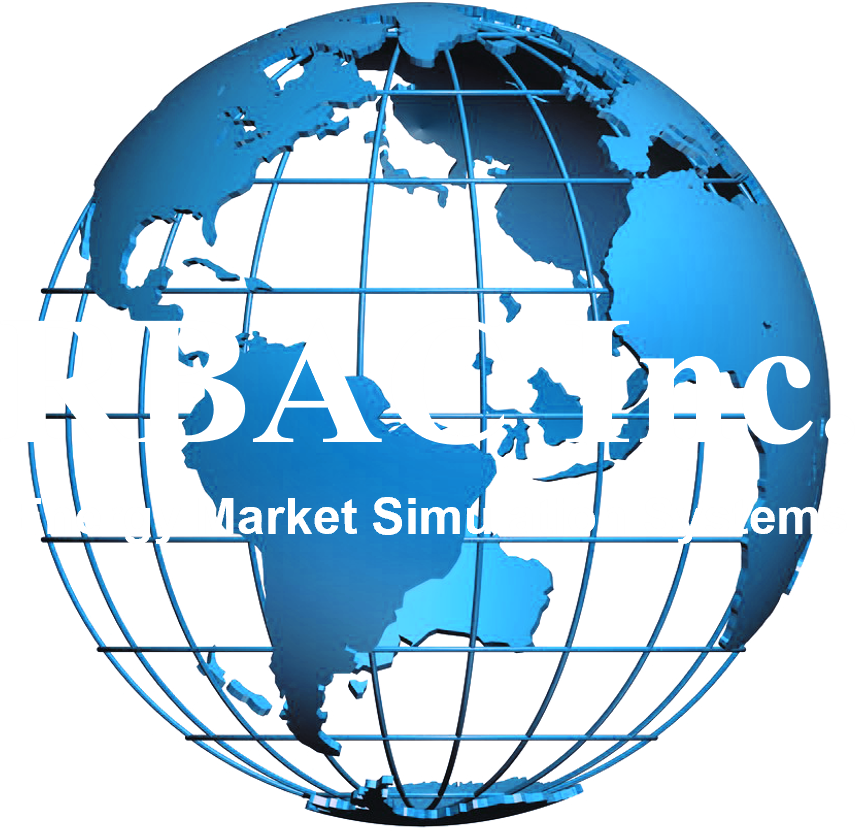In a recent episode of the Oil Ground Up podcast, Dr. Robert Brooks, founder and CEO of RBAC, joined host Ian Wagner for a wide-ranging conversation about the state of global LNG and natural gas markets. With decades of experience in energy modeling and scenario forecasting, Dr. Brooks brought clarity to an industry facing rapid transformation—from U.S.–China trade friction to chokepoints like the Suez Canal.
Key Topics:
- Evolution of LNG Market
- Role of RBAC in Energy Modeling
- Global Energy Supply Dynamics
- U.S. and China LNG Trade
- Geopolitical Factors
- LNG Market Outlook
- Panama Canal and Read Sea
- Impact of Data Centers
Listen to the full discussion below:
Have any questions about the content covered or interest in a demonstration of our market simulation tools? Contact us today by clicking here.
If you would like to hear about future events RBAC is apart of or hosts, join our mailing list to keep up with all things RBAC, natural gas, and LNG!
Don’t have time to watch the full video? Check out our detailed breakdown below.
LNG Markets: Then vs. Now
Dr. Brooks opened with a retrospective on how the evolution of the LNG industry from rigid point-to-point contracts into a more globally integrated marketplace.
This evolution, he noted, has been driven in large part by U.S. shale gas abundance and the entry of North American players like Cheniere Energy—who were once nearly bankrupt, and are now a major exporter.
“Gas was the bad boy a few years ago… but now it’s back,” Dr. Brooks said. “Everyone realizes that you can’t build a stable energy system without it.”
U.S.–China LNG Trade
When asked about the effect of recent Chinese restrictions on U.S. LNG imports, Dr. Brooks downplayed the disruption’s scale:
- Only ~5–6% of U.S. LNG goes to China.
- Chinese firms that signed long-term contracts are simply redirecting cargoes to third countries like South Korea or India.
- While politically sensitive, the real impact, Dr. Brooks suggested, is more psychological—affecting investor confidence in new U.S. export projects.
“It’s not a market killer, but it introduces uncertainty. And investors don’t like uncertainty.”
For more on this particular topic, check out our recent article, Who Will Benefit from the U.S.-China LNG Trade Disruption?, in which the G2M2® Market Simulator for Global Gas and LNG™ is utilized to see how tariffs are affecting LNG flows between the United States and China.
The Power of Simulation
RBAC’s GPCM (North America) and G2M2 (Global) market simulators go beyond forecasting to test what-if scenarios. From pricing and demand shifts to infrastructure disruptions, the models provide energy professionals with a toolset for navigating volatility.
“Forecasts are guesses. Simulations show how the system behaves when something unexpected happens.”
Red Sea vs. Panama
The Red Sea and Panama Canal are two vital waterways in the global trade and disruptions to either or both would have a significant impact.
- Panama Canal: Capacity constraints exist, but political or military threats to LNG traffic are minimal.
Red Sea/Suez Canal: The Houthi threat and military activity are real concerns. Though shippers can reroute around the Cape of Good Hope, this adds time and cost.
However, “Even in worst-case scenarios, LNG keeps moving.”
For more on this particular topic, check out one of our previous articles, What Would Happen if a Major Waterway were Closed to LNG tankers?, where various scenarios are ran to see the potential effects of closures of these key waterways.
Europe’s Gas Dilemma
Europe’s energy policy, said Dr. Brooks, is at a crossroads. Years of aggressive renewables investment haven’t yet delivered reliability. Meanwhile, de-industrialization in countries like Germany and high electricity prices are eroding public and industrial patience.
While LNG has helped Europe wean off Russian pipeline gas, some Russian LNG—particularly from Novatek—still flows into Europe today, even as the war in Ukraine drags on.
“Sooner or later, Europe’s leaders will have to face what their populations are willing to tolerate in terms of energy costs and reliability.
Data Centers, Demand, and the Long-Term Price Outlook
One wildcard in future gas demand? AI and data centers. Dr. Brooks confirmed that RBAC’s models have already revised forecasts upward due to expected power demand from hyperscale data facilities.
While Henry Hub prices are expected to stay near $3/MMBtu in the short term, rising LNG exports and demand from AI-driven power loads could lift prices longer term—potentially above $5/MMBtu by the 2040s
Have any questions about the content covered or interest in a demonstration of our market simulation tools? Contact us today by clicking here.
RBAC is the market-leading supplier of global and regional gas and LNG market simulation systems used by the energy industry and related government agencies for over two decades. The GPCM® Market Simulator for North American Gas and LNG™ is the most widely used natural gas market simulation system in North America. RBAC’s G2M2® Market Simulator for Global Gas and LNG™ has been instrumental in understanding evolving global gas and LNG market dynamics and is vital to fully grasp and leverage the interrelationship between the North American and global gas markets.


